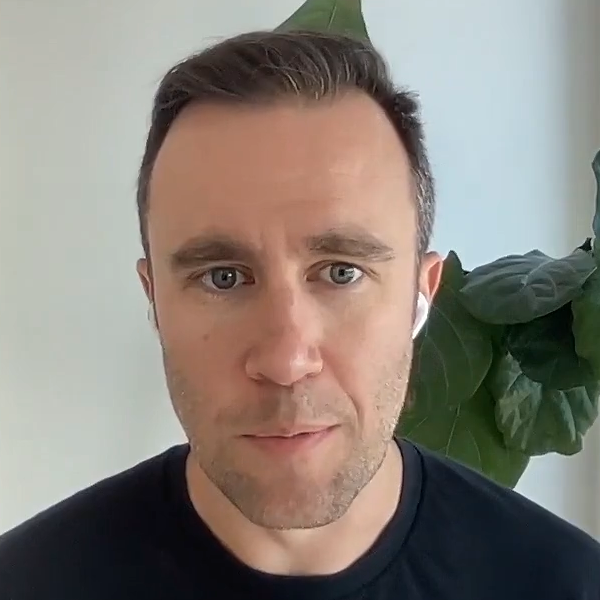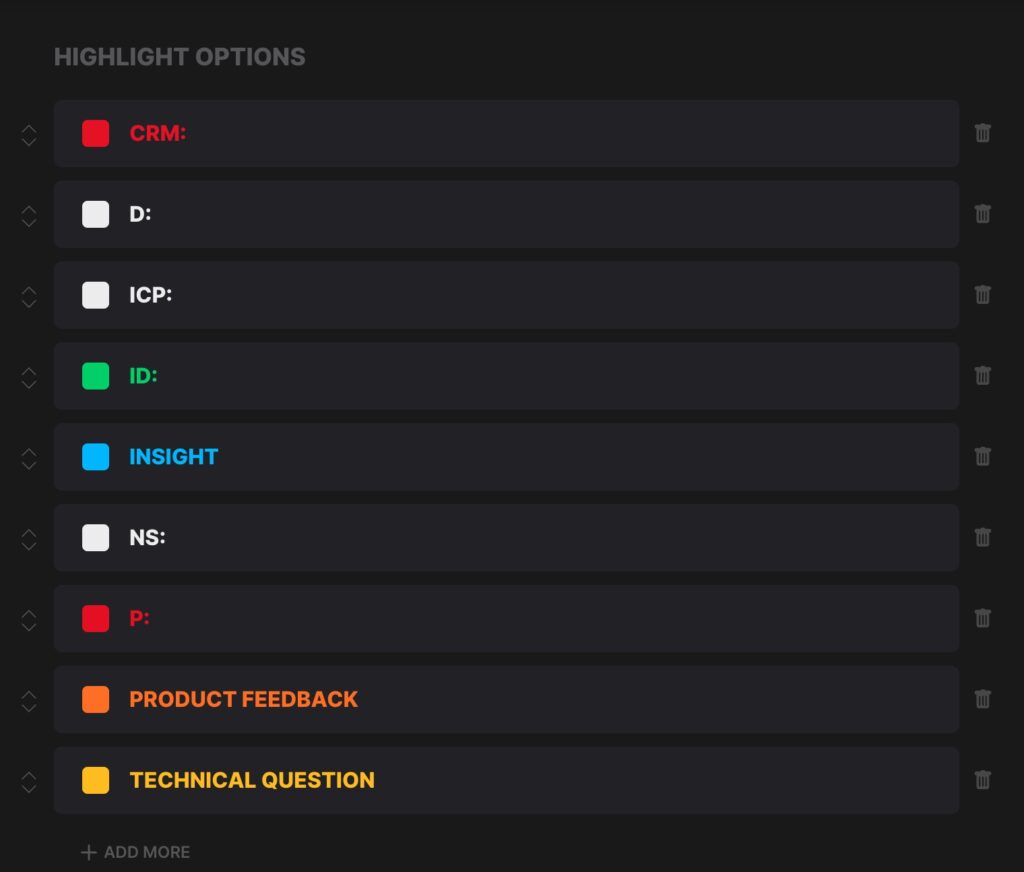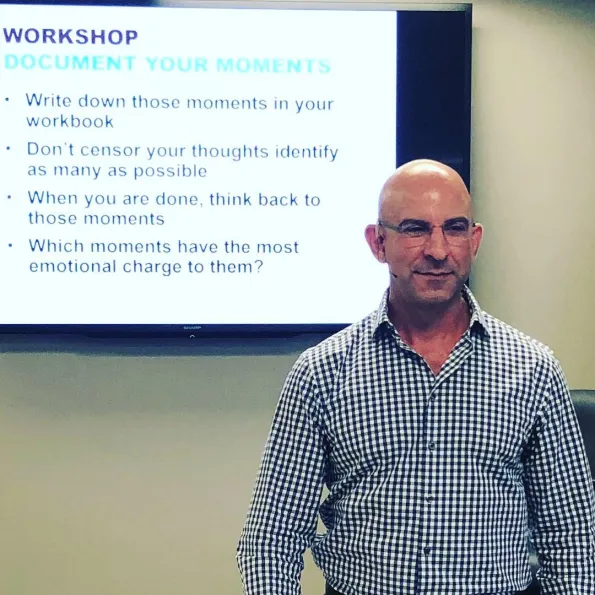If you prefer the video…
In this episode, veteran marketer Kristen Zhivago (and author of Roadmap to Revenue: How to Sell the Way Your Customers Want to Buy) discusses how you can uncover your best customers’ buying behaviors so you can align your marketing to attract your best customers, and then make it easy for them to buy from you.
Kristen was always a tomboy, into mechanical things, and as a teen, she started selling machine shop tools for Pratt & Whitney, but her miniskirt (her description, not mine) didn’t get her the sale when she couldn’t explain why one drill bit was better than another. She realized she was going to have to get a lot more knowledgeable about sales and marketing, which led to her opening an ad agency in Silicon Valley in the late 70s, but the Mac came along and she realized that companies were going to start bringing marketing in house.
In 2017, she started her latest agency, Zhivago Partners for companies that struggle with marketing after some initial success.
Kristen found that it’s easier to teach engineers marketing than marketers engineering. But you still need to teach them, otherwise you get:
“Dead Chicken Marketing”
In other words, you don’t sell KFC as “Dead Chicken Cooked in Oil at X Degrees”. You sell it as “finger lickin’ good”.
Kristin’s Approach
It’s not rocket science: Interview customers and reverse-engineer the buying process.
People are using AI to build personas… but we can’t figure out their mindset that makes them want to buy. We need to understand:
- Their desires
- Their concerns
- Their questions
You probably only need to talk to 5-7 people.
Who do you talk to? Not your friends… they trust you already. Interview happy customers who represent customers you would like to work with. They are going to be happy to help.
Here are some questions you should ask:
- How was it?
- How do you feel about it?
- What brought you to us?
- What else did you look at?
- What were you looking for?
- If you were the CEO of our company, what would you change or fix tomorrow?
- What trends do you see in the industry?
- What’s your biggest problem?
- What phrase would you use if you were searching for a solution to this problem today?
- Is there anything I should have asked you, that I didn’t?
(Sometimes you can skip quesitons if people have already answered them.)
Whoever is interviewing needs to be tuned in. If you detect doubt or subtle nuances, dig in. It’s easier to have a third party do these interview– people are more willing to open up– but you can do it yourself, if you want.
Interviews generally take 30 minutes or less.
- Record them (with permission).
- Don’t use machine transcription– use Rev.com for human transcription. Edit the transcript to clean it up (and anonymize if you’re using a third party).
- You could use a Virtual Assistant who really knows your business, and can do interviews well.
- Be honest if you don’t know something.
- AI may not be great at exact transcriptions, but it is very good at summarizing findings.
(In Mimiran, plug the right words back into the Mission & Positioning screen.)
Do this, and you can start selling the way your customers want to buy making sales (and marketing) so much easier.
The Wine
Reuben is having a glass of Edict Russian River Valley Pinot Noir.
Where to find Kristen
Kristen recommends buying the hardcover because there are maps in there that display better in print than on Kindle (let alone audiobook).

Where to find Reuben
@Sales4Nerds, @Mimiran, Mimiran.com.You can also listen on Overcast, or Subscribe on Android, or Player.fm.
Want a way to make sales and marketing fun, without being “salesy”? Try Mimiran, the CRM for elite solo consultants who love serving clients but who hate “selling”.
Unlike CRMs built for the VP of sales to keep track of a sales team, where contacts are just statistics, Mimiran is built for relationships, networking, and referrals. (See one way Mimiran makes it easier to make introductions along the lines Steve suggests.)
Get alerted when there are new episodes (1x/month):


